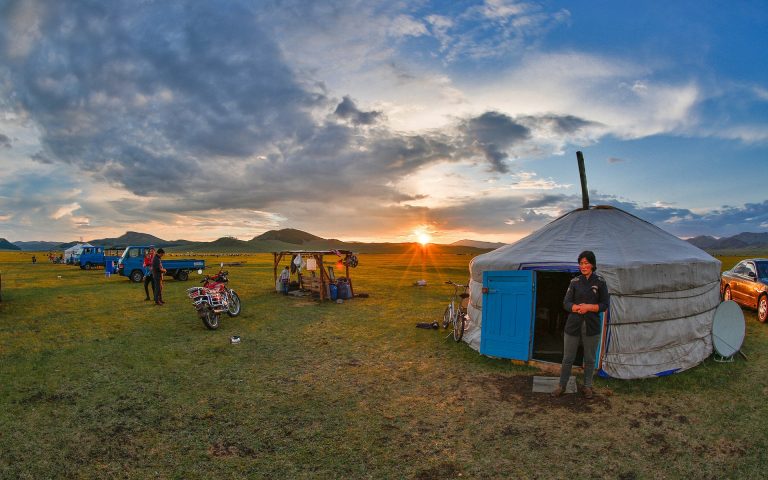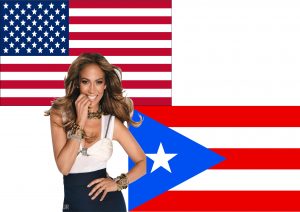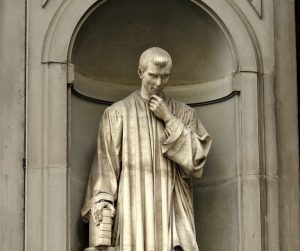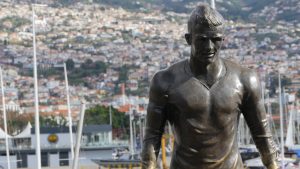Genghis Khan, the founding father of modern Mongolia shaped much of our current world. As a matter of fact, some research assume that 1 in 7 people can trace their ancestry to him. Other studies predict this number to be 16 million. So who was Genghis Khan?
Temüjin Borjigin aka Genghis Khan, The Emperor of The Mongol Empire
History books claim that the British Empire was the largest in the world. This was an empire where the sun never sets, indicating its vast geographical area.
However, another great empire emerged from Central Asia and swept away much of the old world. This was the Mongol Empire, stretching for more than 24 million Km2 at its heyday. Additionally, it lasted for 162 years. Genghis Khan spearheaded this empire from a very young age. As a matter of fact, his name meant the “Universal Ruler”.
Legend has it that when Khan was born, his fist clutched a blood clot. Leaders of his tribe interpreted this as a sign of the newborn becoming the greatest Khan or emperor of all times. The legend came true when Genghis Khan conquered most of the known civilizations of the ancient world. He used techniques and weapons that gave his troops a high technological edge for his era.
Moreover, his army commanders comprised the finest nomadic knights. As a matter of fact, his generals’ promotions were based on warfare capacity, speed and decision making. These were the toughest generals who acquired strong arms and stronger hearts. Their techniques relied on swiftly conquering vast lands. Therefore, speed and precision were the winning traits of these military men.
Perhaps one of the most terrifying aspects of the Mongols is the psychological terror they projected. Stories of destroyed cities were very common and the atrocities undertaken to its inhabitants. Therefore, many regions of the world surrendered without least resistance to the Mongols.
Last but not least, the most important legacy of the Mongol Empire is the expression: “The Silk Road”. This was a path that Khan drew with blood and would later dramatically change the world. As this geographical passage increased trade and exchange of ideas, goods, religion, people and pandemics.
Mongolia Nowadays, Centuries After Genghis Khan

The Great Wall of China is a standing example of how Genghis Khan terrified China and the world. However, on the other hand, the Mongols have also spread their culture and traditions throughout their empire.
You might have heard of the famous Mongolian beef dish. Well, it is true that this is one of the exquisite dishes of the Central Asian cuisines, however there is much more to discover in Mongolia.
Starting with architecture, the Mongolian people have their own style of engineering. It is inspired by the “yurt”, a round shaped tent. In the Mongolian language it is pronounced as “ger”. Today, many temples and large structures in the country resemble the shape of yurt.
On the other hand, Mongolia is a landlocked nation with vast area of greeneries. These are called the Asian Steppes, one of the distinctive characteristics of Central Asia. Moreover, with giant neighbors like Russia and China, Mongolia tend to draw influence from both cultures. However, the country remains significantly independent and has a unique character.
Mongolia's Culture and Traditions

During the era of Genghis Khan, Mongolia was once a long standing empire stretching from Asia to Europe. This vast piece of land has given the nation a special blend of cultures. Moreover, Mongolia in turn, has contributed immensely to shape the history and traditions of the countries it conquered.
The Mongolian folk music is one of the unique branches of art. They play their home-made Limbe or Flute in a very skillful way. Their music really touches your heart and the rhythms have a lot of stories to tell.
Additionally, instruments include the Horsehead Fiddle or the Morin Khuur. This is a special instrument that belongs to the bow stringed family of musical apparatus.
By the same token, Mongolia’s nature is truly breathtaking. It comprises vast pasturelands that rival Switzerland’s beauty. Herds gazing areas are a common scene that is both relaxing and breathtaking!
Moreover, the people of the green steppes are very unique in their nature and traditions. They are an intricate mix of relaxed, yet hard working people. These traits makes them self sustainable in their food production, agriculture and “light manufacturing”. The latter mainly consists of making dairy products which quite resemble the home-made yogurts and other produce. Likewise, they manufacture their own clothes from animal hides. A great twist from modern prefabricated fashions…
As a matter of fact, this simple life is rather a quite amusing one. These people who hardly surpass the 3 million figure get to live as one big village. They have strong ethnic ties and stronger social ones. Additionally, they lead a life that is slow paced yet filled with dreams, adventures and an aroma of the magnificent past.






